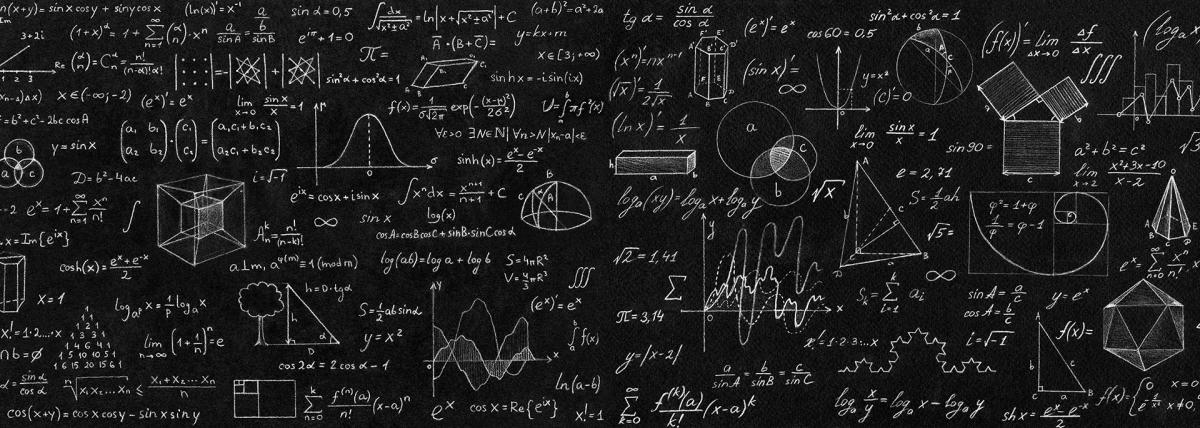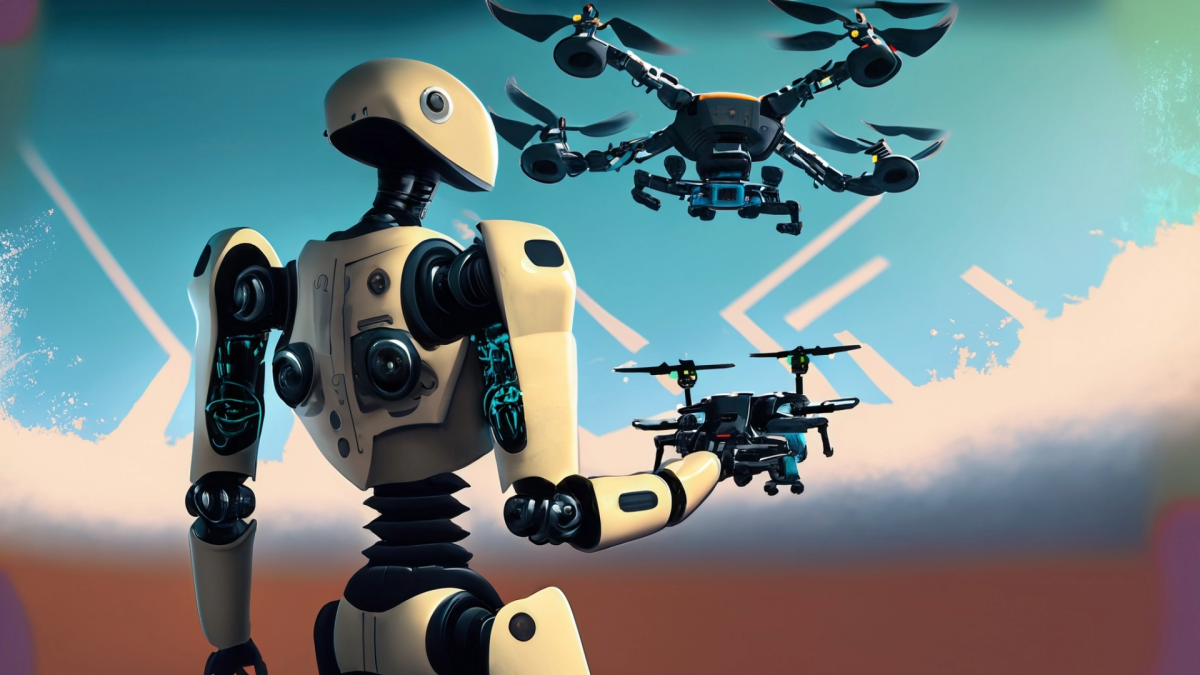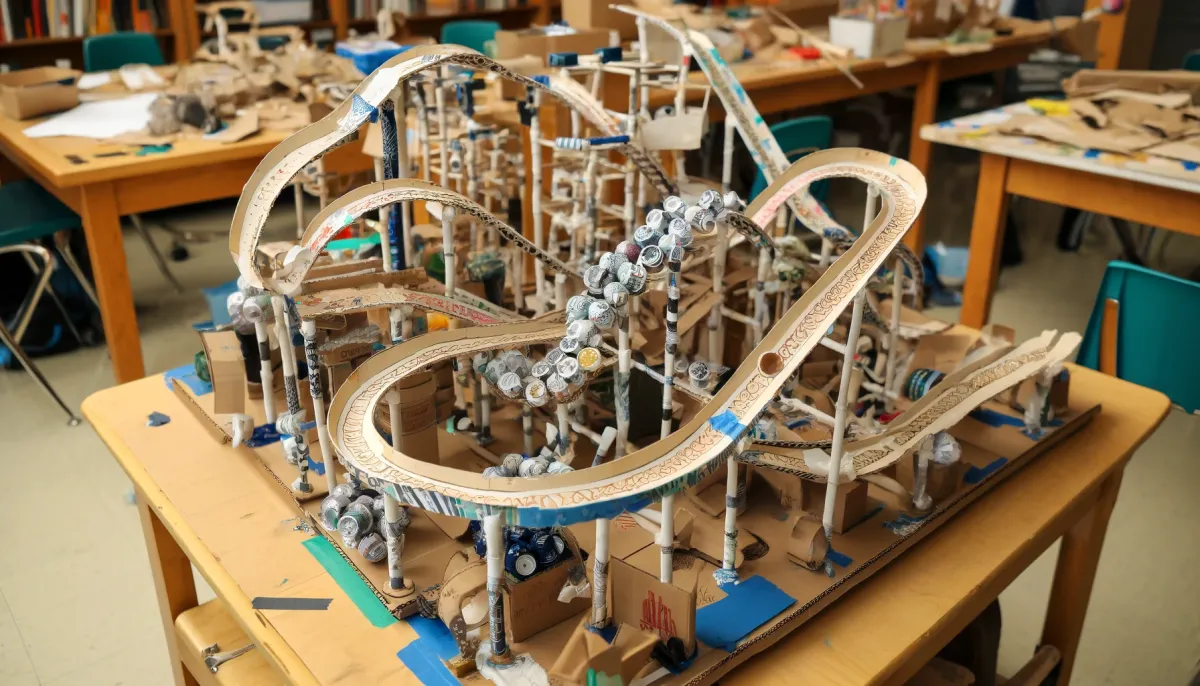
Does Light Have Energy?
by Dustin Blake
Does light have energy? In this lesson, students will engage in a practical experiment to witness how light can induce changes such as heating, altering colors, and setting objects in motion.
As homework, students will respond to statements in an Anticipation Guide, designed to gauge their existing knowledge about light, which they will revisit periodically in the course of this lesson (and unit). The central goal of this lesson is to provide students with an opportunity to articulate their initial thoughts and cultivate an understanding that light is a carrier of energy.
Lesson Grade Level
6th GradeLesson Plan Link/URL
https://docs.google.com/presentation/d/1zmUP5cjOBs9jKJ8izLLTo1YW7xW4bBZh/edit?u…Subject Area
Science Physical Science P4: Energy Transfer Earth and Space Science E1: Earth Systems Technology 3. Knowledge Constructor Engineering S2: Apply the Engineering Design Process S4: Apply Science to Engineering Mathematics Measurement and Data (MD) English Language Arts (ELA) Reading (Informational Text) Speaking & Listening
Featured
Off
Related Content

Grades:
5th Grade
Students will build and use pom pom shooters to conduct an investigation into kinetic vs potential energy. Students will measure the distance their pom pom travels and make conclusions about the

Grades:
Kindergarten, 1st Grade, 2nd Grade, 3rd Grade
Students will learn about the engineering design process by working in small groups to identify a problem, then design and create a solution, inspired by the main character's creativity and problem

Grades:
7th Grade, 8th Grade, 9th Grade, 10th Grade, 11th Grade, 12th Grade
Students will apply principles of design, engineering, and mathematics to create a physical or digital labyrinth inspired by the myth of Theseus. This project integrates STEM concepts with literature